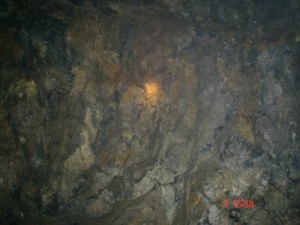Problem: Integrate existing eRetail sites, with full on-line catalog functionality and fulfillment, into new portal environment.
Solution: Identified existing and desired technology, defined business processes, and developed training materials to support the new business model.
Results: On-line ordering and fulfillment capability integrated into portal environment to create new revenue stream (and new revenue).
